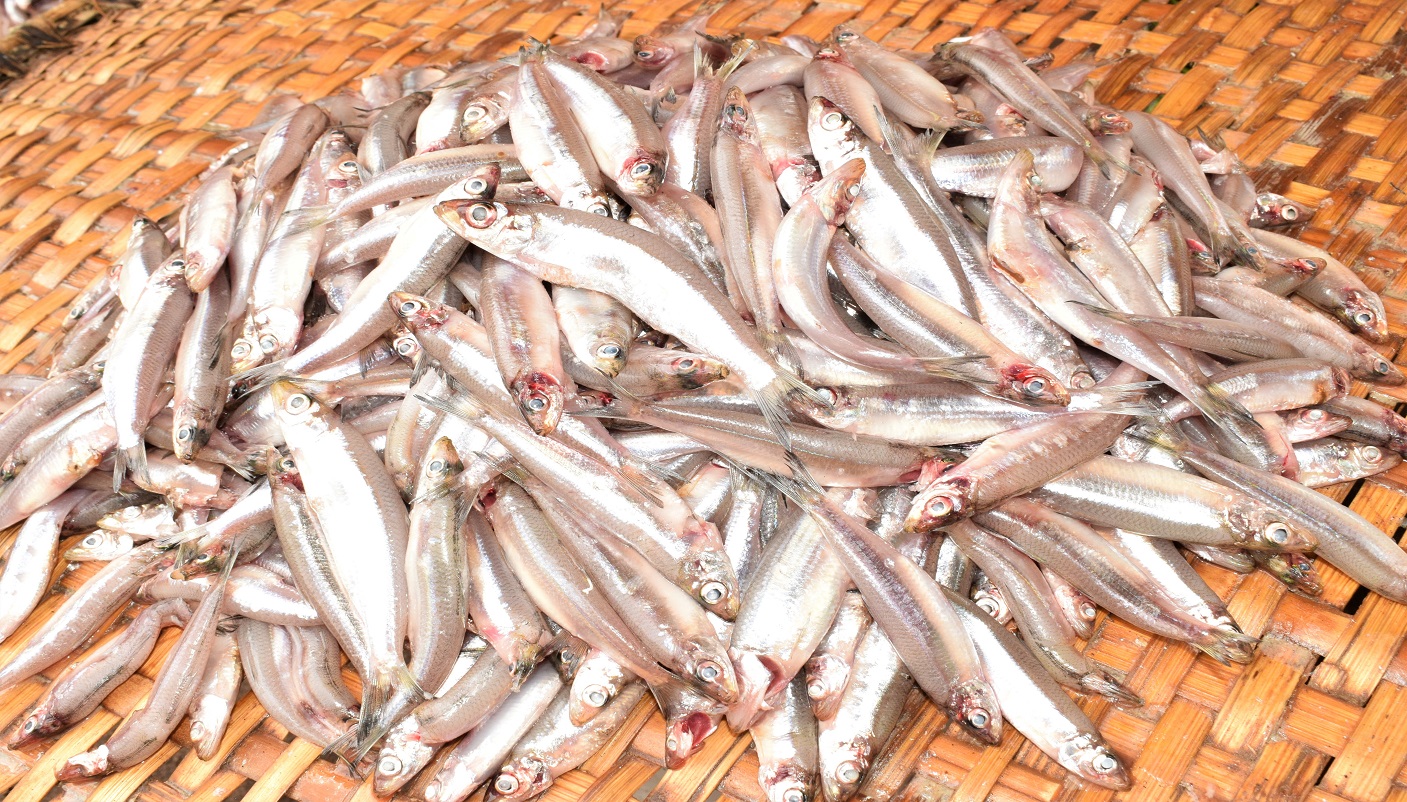KIGALI-Fish production in Rwanda slightly increased to 43,560 tonnes in 2022 from 41,664 tonnes harvested in 2021, according to the latest report released by the country’s Ministry of Agriculture and Animal Resources [MINAGRI].
The report shows that 4,000 tonnes of fish was produced from fish farming while fishing activities are carried out in 17 lakes and four rivers in 15 districts.
It notes that aquaculture production is done in three production systems such as earthen ponds on 324 hectares, floating cages comprising 59,390 cubic meters, and 41 dams with a total capacity of 31,360,000 cubic meters.
The report says 195 fish farmers were trained in rice and fish integration, cage fish farming, Tilapia hatchery and Lake Guardians.
The main species are Limnothrissa miodon, known as Isambaza, Haprochromis sp, Nile Tilapia, Catfish, Protopterus aethiopicus, and Sprinus carpio.
Cooperatives’ role
The report says that fishing activities in Rwanda are mainly undertaken through cooperatives.
However, the report notes that in Rwanda, capture fishery is classified as artisanal or small-scale fisheries despite being an important socio-economic activity of Rwandan communities, especially for the population neighbouring the lakes.
Fishermen are organised in 70 cooperatives with 3,827 members.
The government is also promoting fish farming in ponds in order to improve the productivity of abandoned fish ponds.
In 2020, graduates, from the University of Rwanda and Israel who acquired hands-on skills in the field of animal production, animal sciences, veterinary medicines, wildlife and aquaculture, secured a deal from MINAGRI to help government increase national ponds’ fish production from 30 kg per 100 sqm to 200 kg per 100 sqm.
They had to introduce “Tilapia Nilotica” in 1,099 ponds across the country.
However, the country is still far from targets as it targets to produce 112,000 tonnes of fish every year by 2024, according to the fourth Strategic Plan for Agriculture Transformation (PSTA4).
Illegal fishing nets reported
According to the report, lake surveillance was increased in order to control illegal fishers and guide fishing cooperatives to boost Rwandan captured fish production.
Various poachers and equipment were seized through regular surveillance and monitoring of fishing activities in collaboration with Police Marine, Army Marine, and the Cooperative Union.
The illegal fishing equipment include 6,790 illegal fishing nets known as Kaningini, 759 poaching boats, 3,937 supernets, 462 Ibikuruzo seine-nets, and 196 poachers reported to police and army marine stations.
“Emerging global threats, such as biological invasions, climate change, land-use intensification, and water depletion are emerging global threats to the sustainable future of lakes and reservoirs,” shows the report.
In 2020/21, at least 1,109 Kaningini illegal fishing nets, 368 poaching boats, 169 super-nets and 142 poachers were reported to police and army marine stations.
Over 30,000 illegal fishing nets and about 3,000 boats were confiscated in Lake Kivu over the past three years.
Olivier Iyamuremye, a sales agent from Hauge Aqua Rwanda, a firm that produces Tilapia through cages on Lake Kivu, said that they distribute fish in Rusizi district and Kigali city.
He said: “Consumption of fish in Rwanda is still low although fish production is also still low. There is a need for both increasing production and consumption habits.”
The company supplies one tonne every week in the capital Kigali.
The current retail prices are between Rwf4,300 and Rwf5,000 depending on the areas, she said.
She said more investors should join the fishing industry and those in existence need support to increase production.
Tilapia fish and Sardine are the dominant species on the market.
Producing 112,000 tonnes of fish every year by 2024 could help Rwanda attain the average sub-Sahara per capita consumption of 6.6 kilograms per person per annum, and 265,600 metric tons to reach the global average of 16.6 kilos.
Rwanda’s per capita fish consumption is presently at 2.3 kilogrammes per person per year.
SOURCE: The New Times
https://thecooperator.news/kabarole-farmers-decry-poor-yields-from-fishing-project/
Buy your copy of thecooperator magazine from one of our country-wide vending points or an e-copy on emag.thecooperator.news
